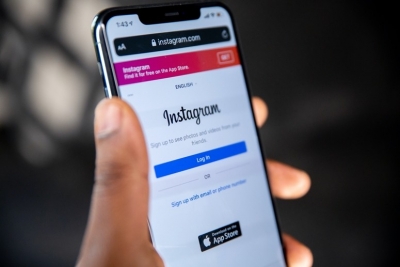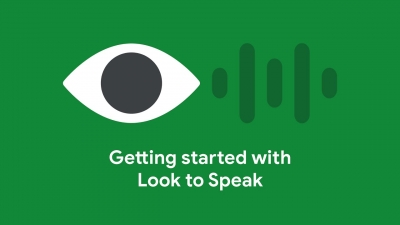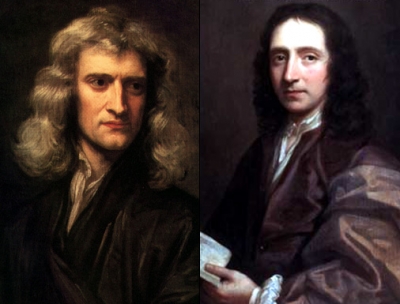
Scribbl offers a cool way to spruce up your images and videos with effects and animations. Draw striking scribble type animations over static pictures or tap on the animation of your choice and add it over videos. Change the colour, size and position of the animation, customize your art brush and edit your effects easily. Scribbl also lets you add a glow animation to achieve a neon sign or lightning effect. Export your animation in full HD quality for your social media posts and show off your creative side to your friends. You can even get your work featured in the app’s home page. Free for iOS and Android.
Scribbl is an animation maker which allows you to draw animations on your images to achieve the Scribble Animation effect. We’ve simplified the process of animating your images, forget drawing frame by frame, you can easily create an awesome effect just by drawing over your picture once.
Scribbl gives you the option to customize your art brush. Play around with different sizes and styles. Scribbl also has the cool feature of adding glow animation to achieve that awesome neon sign or lightning effect.
Once you’re done drawing your animation, you can export it in Full HD quality for your social media posts. Forget boring static images or videos without that extra flair for your Facebook, TikTok, Snapchat and Instagram stories and posts, download Scribbl now and show off your creative side to the world with crazy animations!
Picture Credit : Google

 Fortunately, Instagram had the sense to include a way to rediscover these websites or links in your profile for later perusal. You can now view all websites you have opened on Instagram in a single location. Let’s find out how to use the official Instagram apps for Android and iOS. This won’t work on the Instagram web app.
Fortunately, Instagram had the sense to include a way to rediscover these websites or links in your profile for later perusal. You can now view all websites you have opened on Instagram in a single location. Let’s find out how to use the official Instagram apps for Android and iOS. This won’t work on the Instagram web app.


